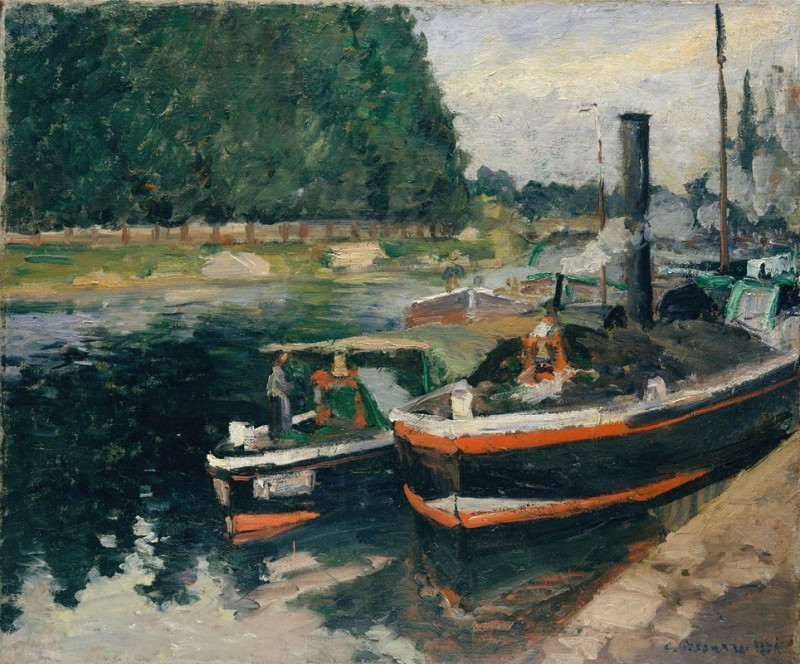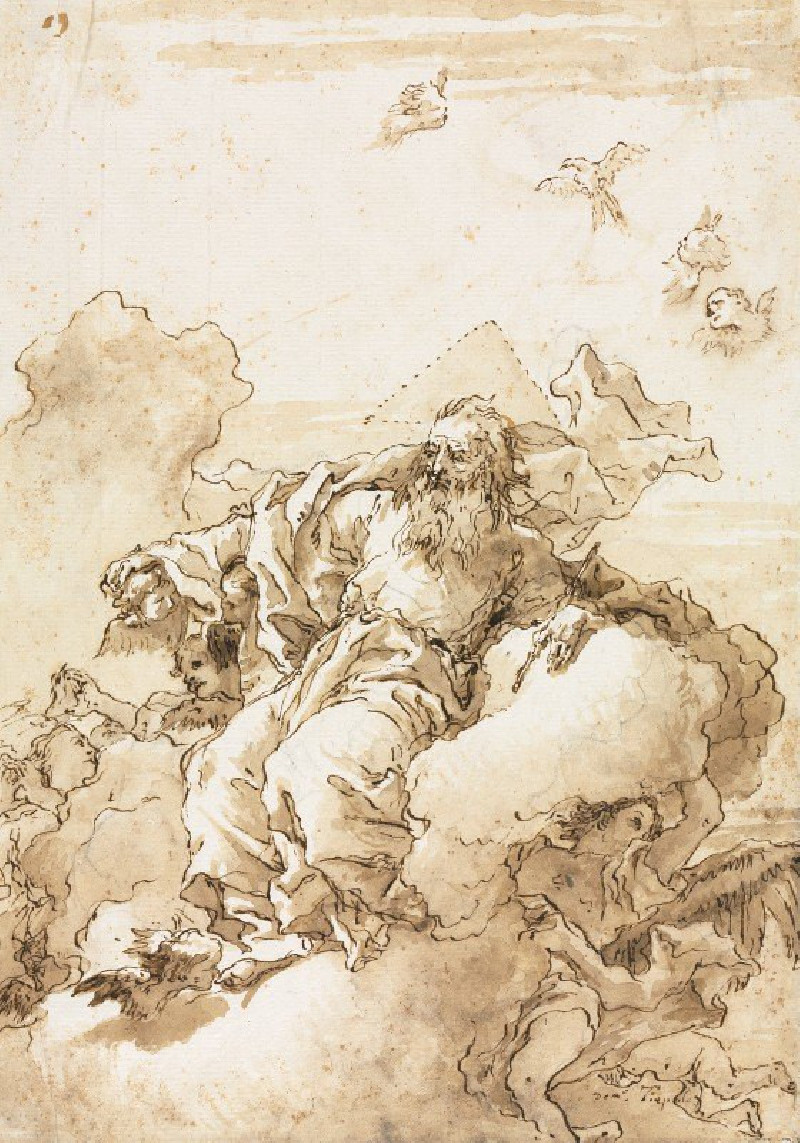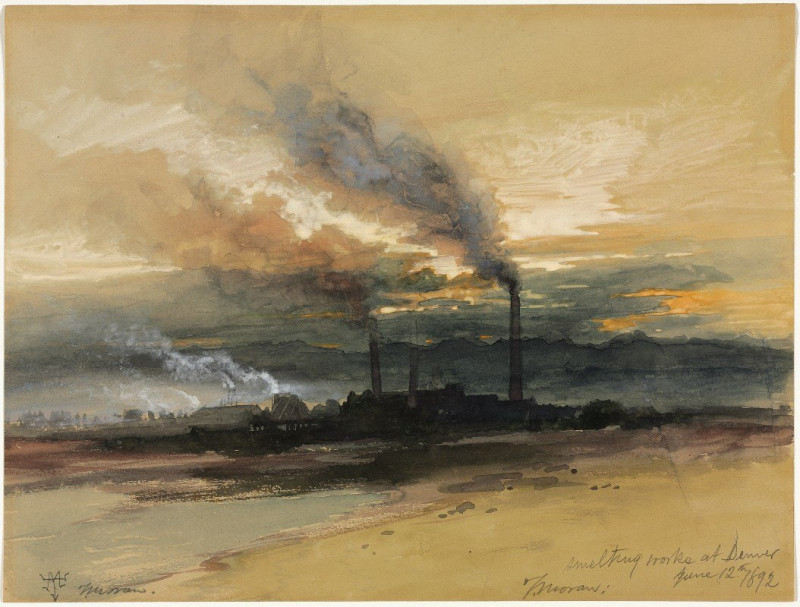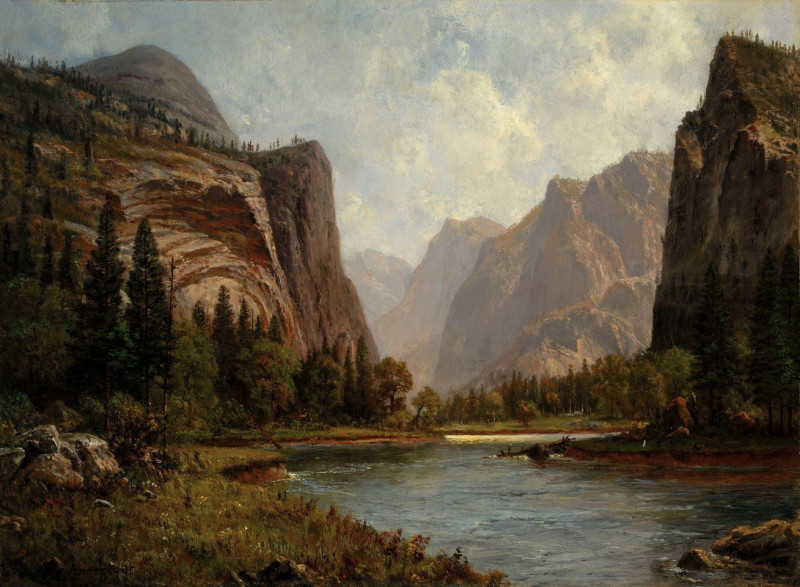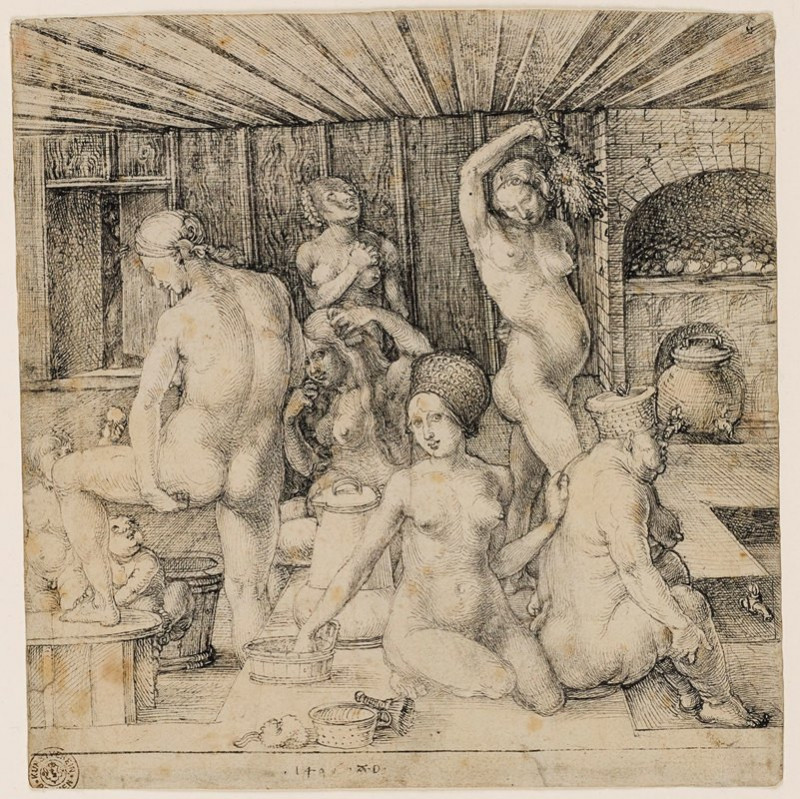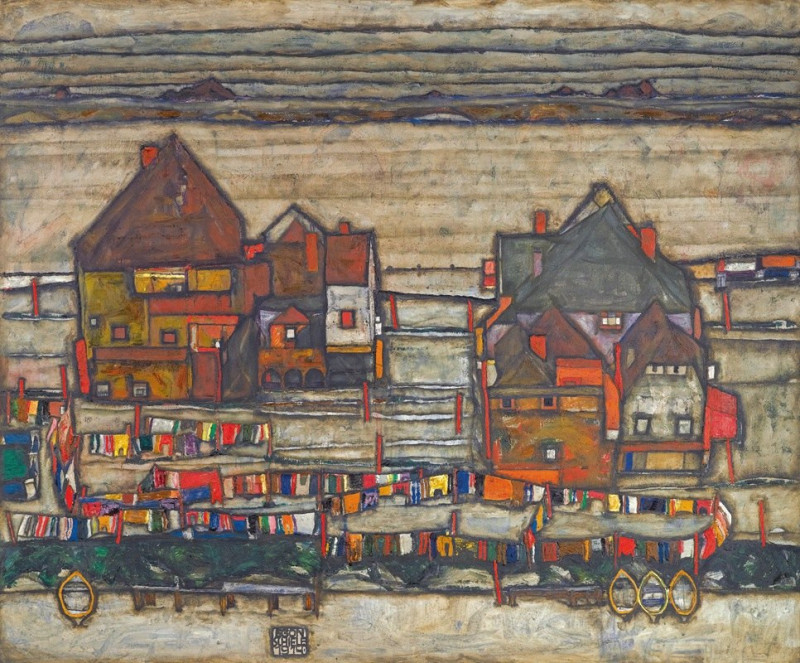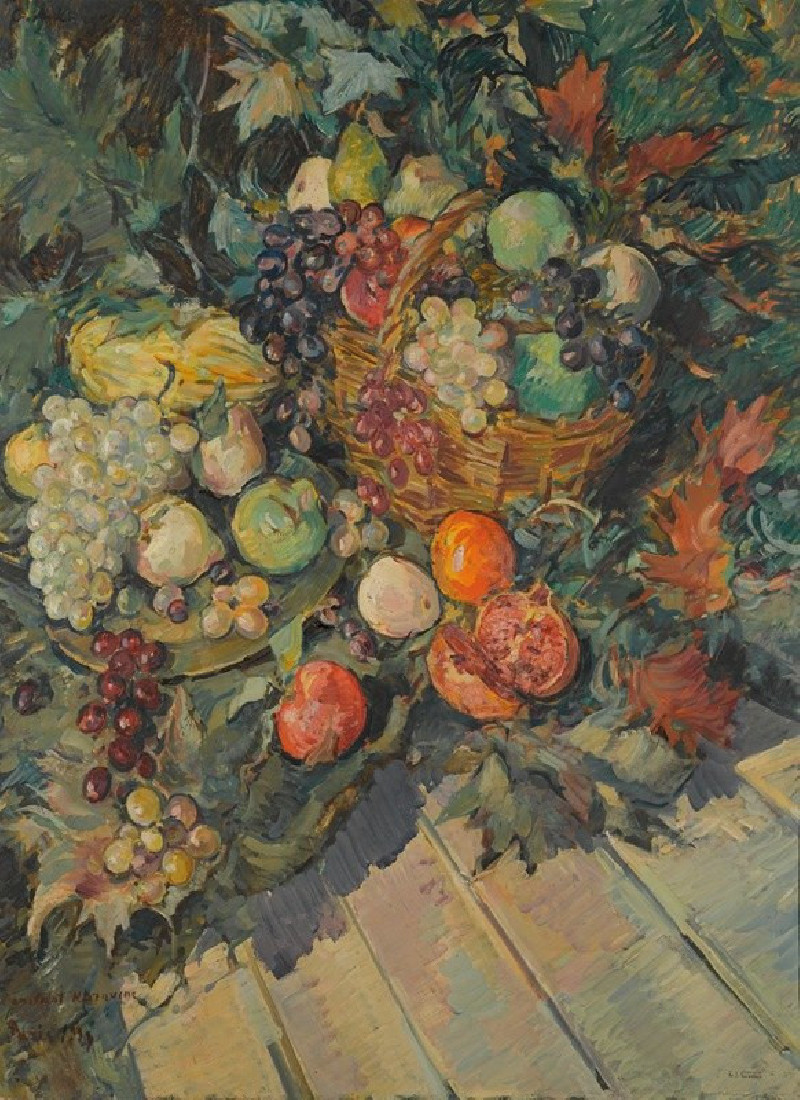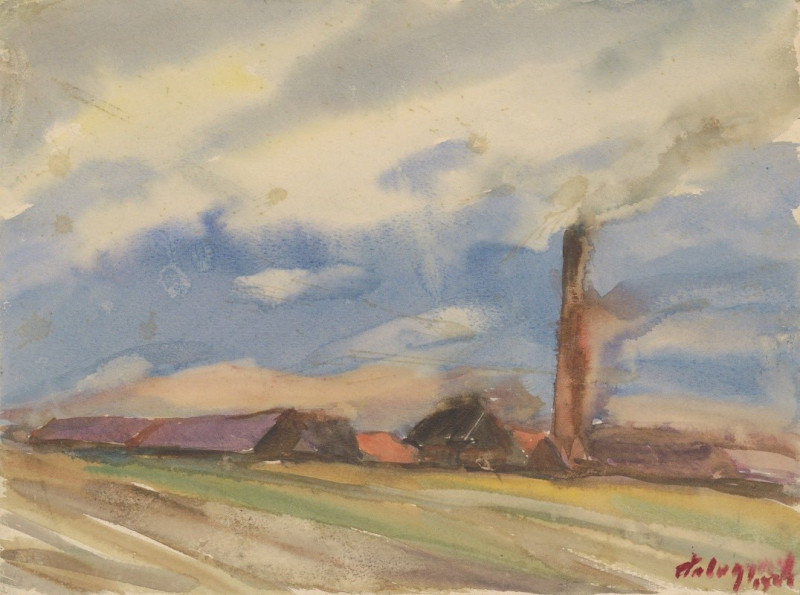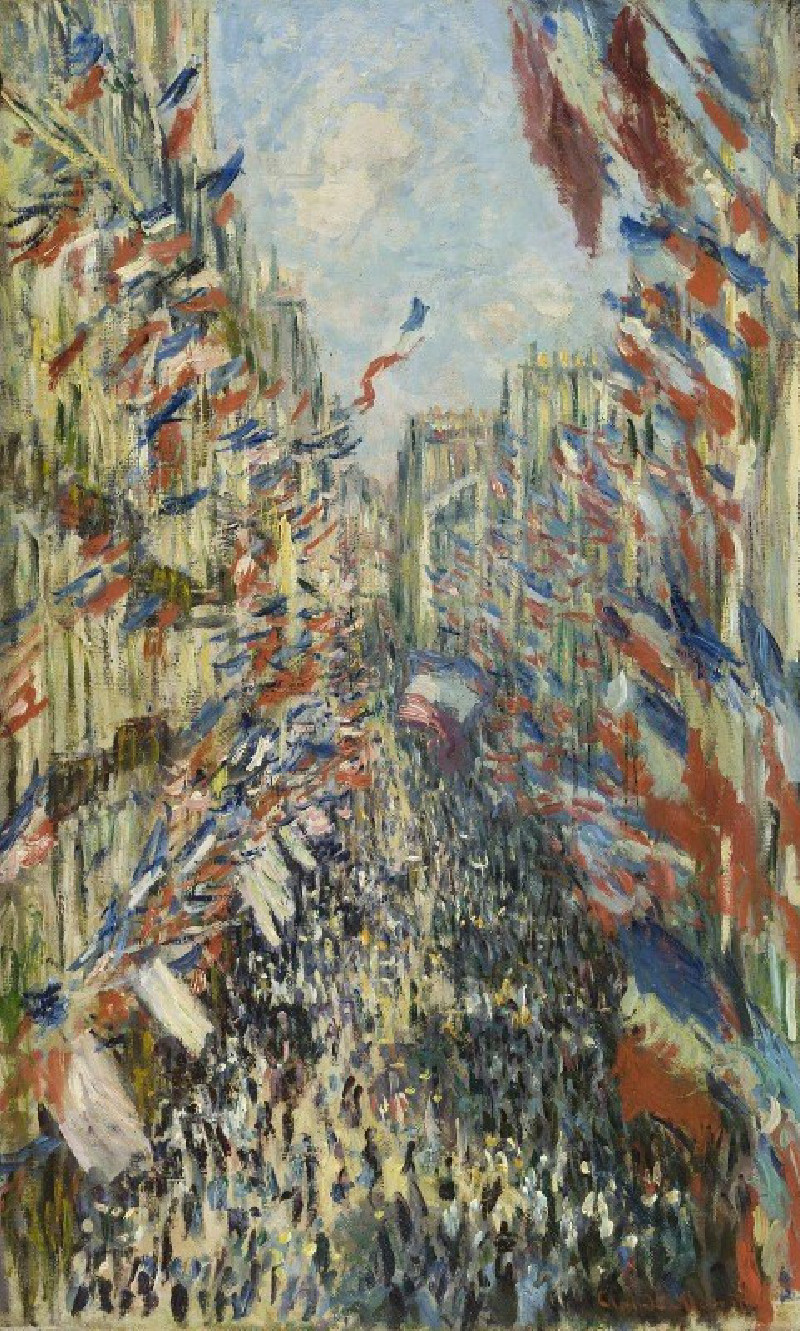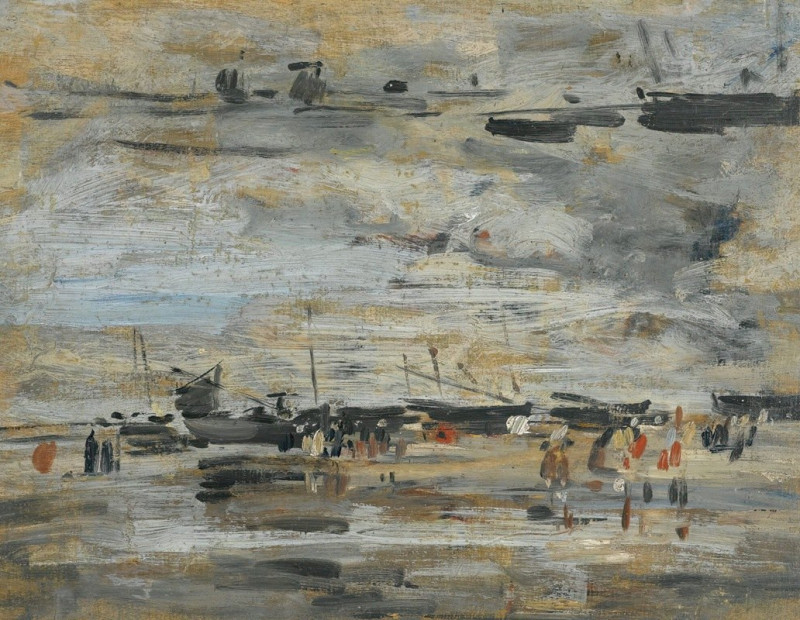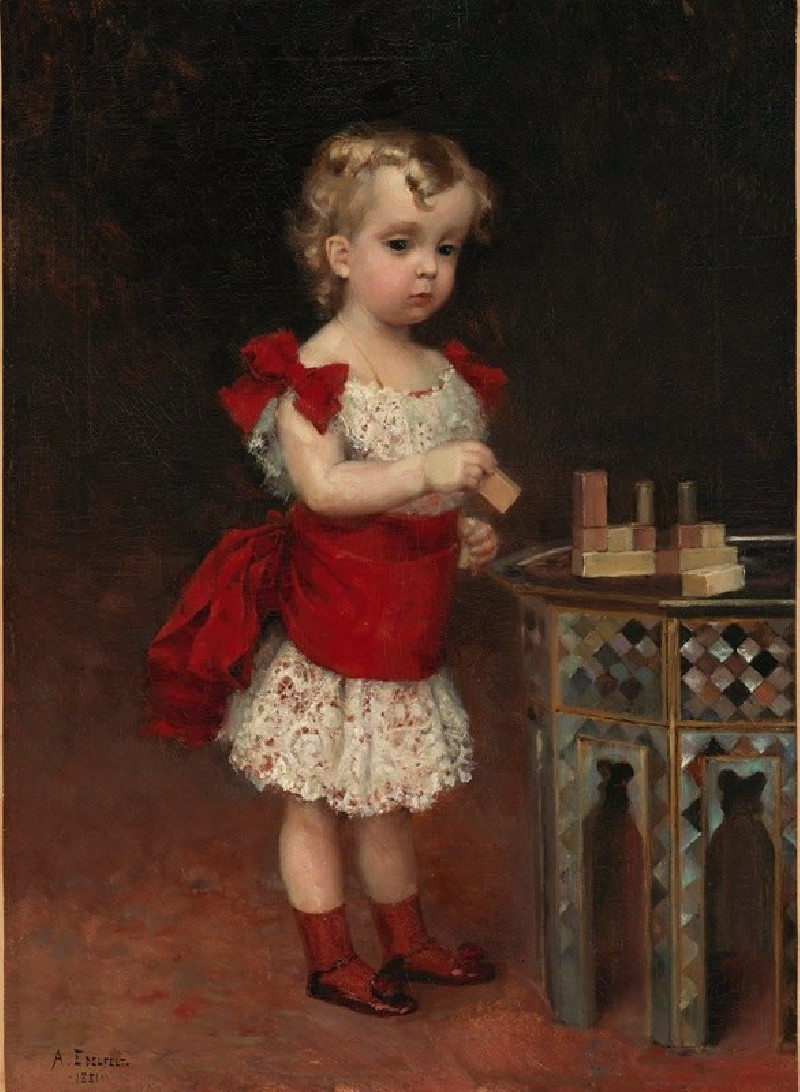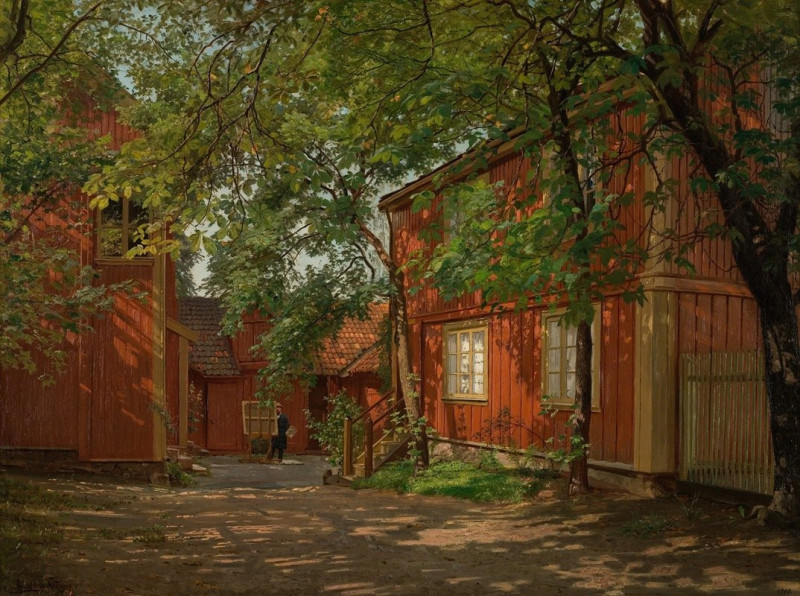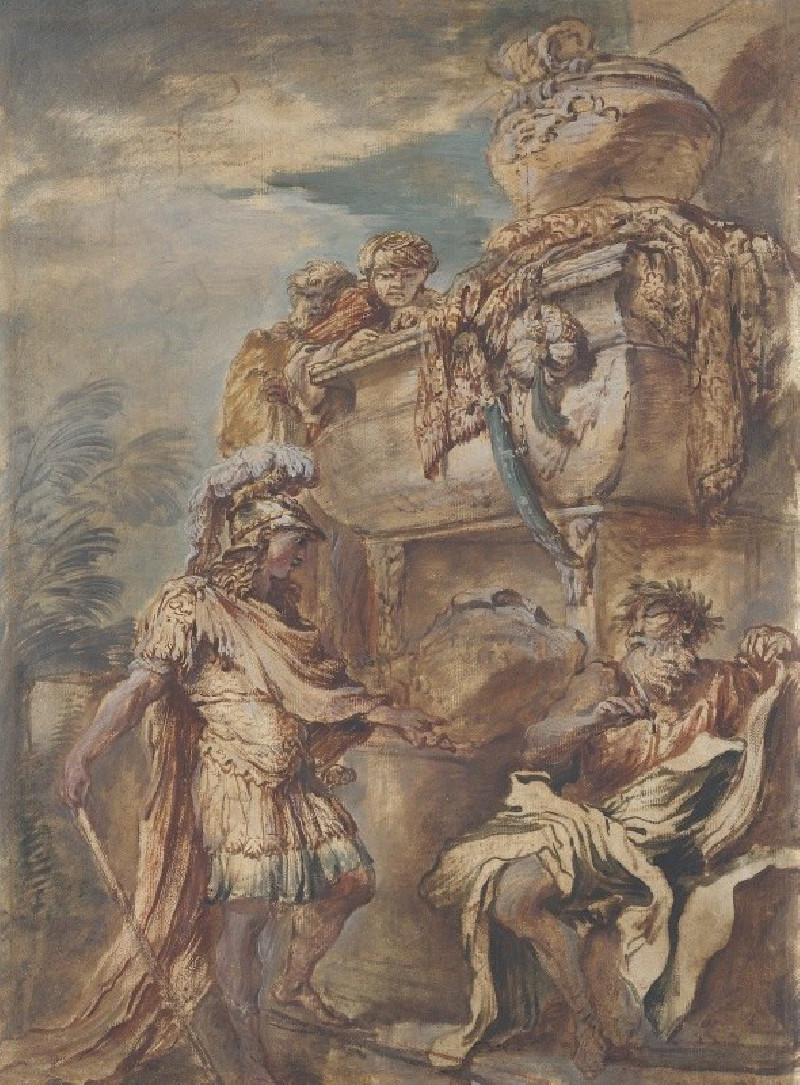View of Basel and the Rhine (1927–28)
Technique: Giclée quality print
Recommended by our customers
More about this artwork
Dive into the expressive and colorful world of Ernst Ludwig Kirchner's "View of Basel and the Rhine." Created between 1927 and 1928, this painting captures the essence of Basel through a unique lens, harmonizing vivid colors with dynamic forms to represent the bustling urban scape alongside the Rhine River.The artwork presents a lively and slightly abstracted view of the historic city of Basel. Dominated by bold reds, deep blues, and earthy oranges, the painting portrays the architectural diversity of Basel's buildings, each one uniquely stylized yet cohesive in this expressionist interpretation. Prominent structures, possibly inspired by real landmarks, rise against a moody sky that evokes a sense of drama and imminent change.Foregrounding the scene are figures engaged in a leisurely promenade along the river’s edge. A trio, composed of two women and one man, are depicted in mid-stride with a canine companion, suggesting an everyday moment of life in this historic city. This interaction brings a human element that contrasts with the timeless and sturdy depiction of the urban architecture in the background.The bridge over the Rhine is another focal point, rendered in a sweeping curve that leads the viewer’s eyes across the canvas, symbolizing perhaps a connection or transition. The river itself is depicted with wavy, turbulent strokes of green and white, indicating its vital role in the life and energy of the city."View of Basel and the Rhine" is more than just a cityscape; it's an emotional portrayal, capturing the rhythm of the city through Kirchner's evocative style.
Delivery
Returns
Ernst Ludwig Kirchner (1880–1938) was one of the most important German Expressionist painters. He was a co-founder of Die Brücke, a group of German expressionist artists formed in Dresden in 1905. Die Brücke and Kirchner took inspiration from Vincent Van Gogh and Edvard Munch, as well as African and Oceanic art. They used woodblock printing as a medium to showcase their signature style: flat, unrealistic images with vivid colors. The recurring themes in Kirchner's artworks included exotic cultures, faraway landscapes, self-portraits, dancers and Berlin street life. His paintings and prints effectively portrayed non-European cultures despite the fact that he never traveled outside of Europe.
































